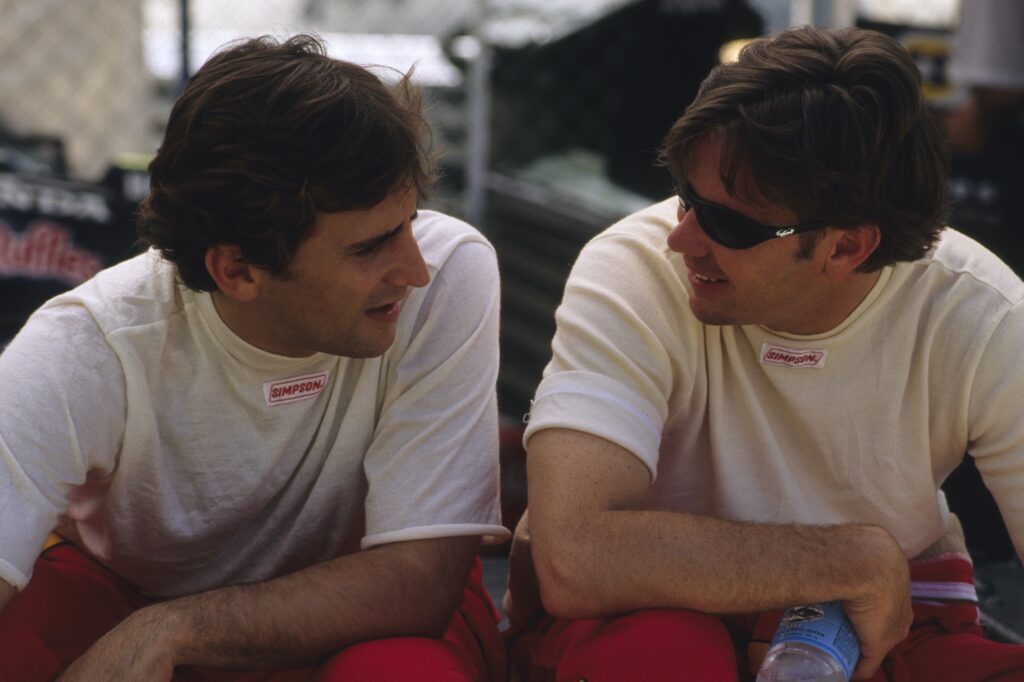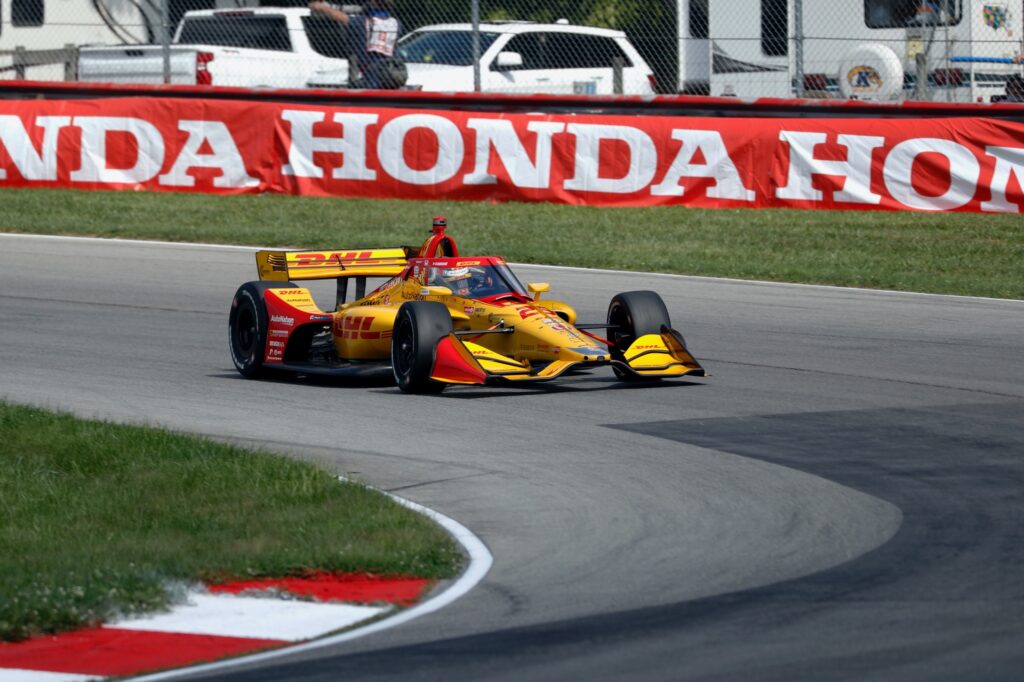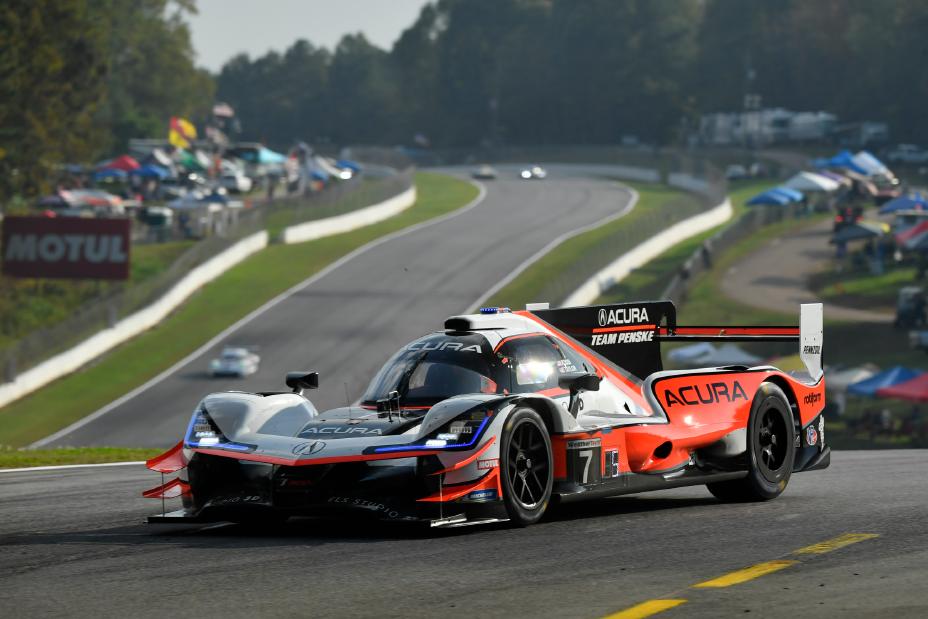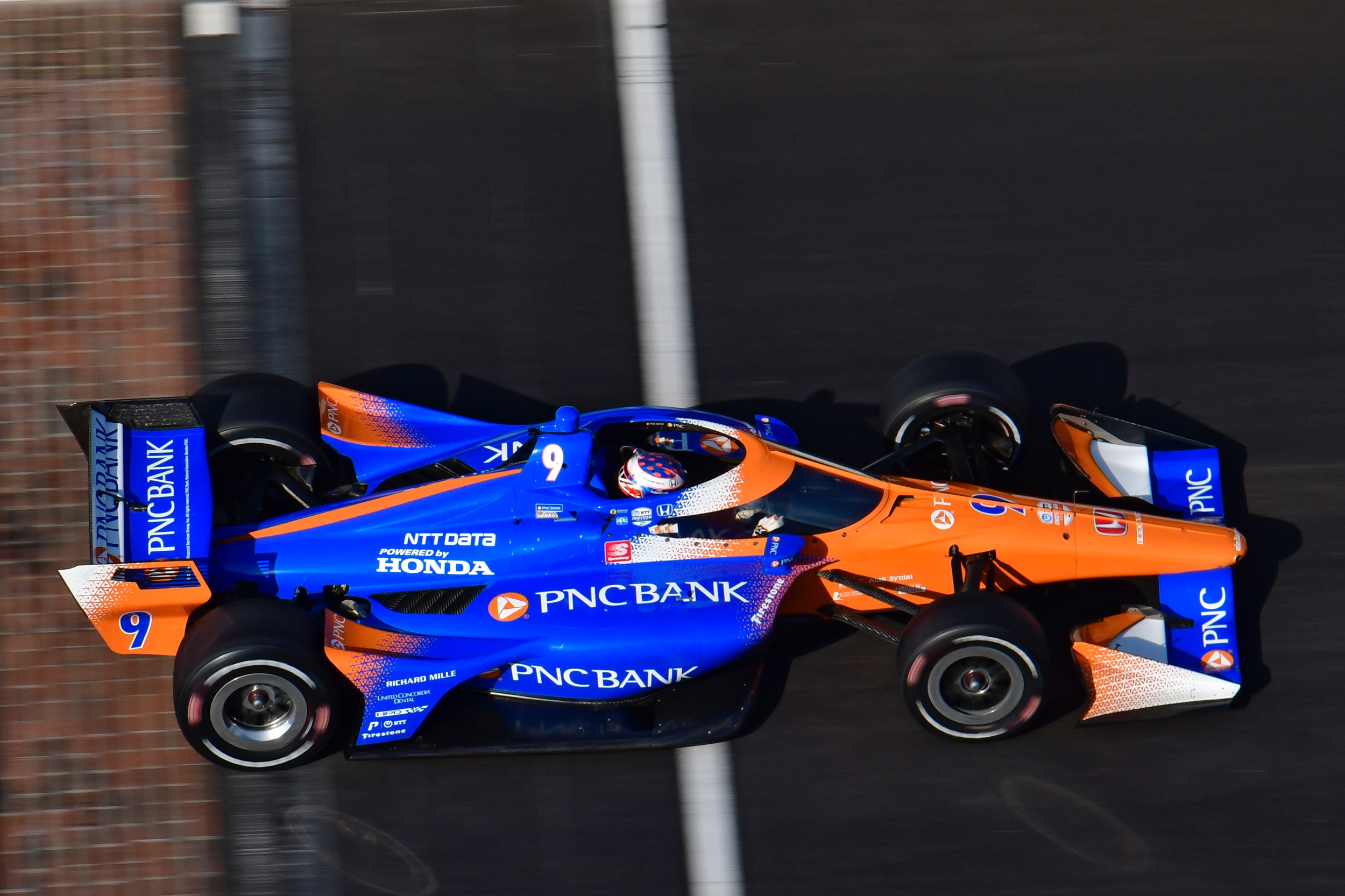The announcement that Honda will withdraw from Formula 1 competition at the end of 2021 has naturally led to speculation about the future of the firm’s American motorsports activities. In truth, the F1 decision is likely to have little impact on Honda’s U.S. Indy car and sports car programs.
Honda’s involvement in American racing started in 1986 when Comptech Racing began fielding Honda CRXs and Acura Integras in IMSA touring car competition. In 1991, Comptech mated an uprated version of the V-6 engine from the original Honda/Acura NSX to a Spice prototype chassis and dominated IMSA’s equivalent of the LMP2 class. Acura, an upscale division that Honda created exclusively for the U.S. market, used the racing program to promote Acura’s image of “Precision Crafted Performance.”
By then, Honda executives had visited the Indianapolis 500 with Bobby Rahal, a top Indy car driver of the 1980s and ‘90s (and a Honda dealer). Rahal helped convince Honda to build a 2.65-liter turbocharged V-8 and the company entered the CART-sanctioned Indy car series in 1994.
California-based Honda Performance Development was formed as a U.S. rebuild facility for the engines, which were initially designed and built in Japan. Honda struggled in its first season of Indy cars, and HPD was able to influence improvements to the engine that resulted in Honda’s first Indy car race win in 1995.

From 1996 to 1999, Honda dominated the CART series, winning four consecutive championships with Chip Ganassi Racing and drivers Jimmy Vasser, Alex Zanardi, and Juan Pablo Montoya. But Honda was absent from the Indy 500; the company’s marketing goals originally focused on America’s most famous race, but the politics of the Indy car “split” between CART and the Indy Racing League kept Honda away from Indianapolis until 2003, when it switched its allegiance to the IRL.
By the end of 2005, Honda had crushed the IRL competition to the extent that Toyota and Chevrolet pulled out. Honda arguably saved the Indianapolis 500 and the sport of Indy car racing by agreeing to supply the full field with engines, a program that continued through 2011. Honda has remained an IndyCar Series engine supplier in competition with Chevrolet since 2012, and both companies recently committed to IndyCar’s 2.4-liter turbo V-6 with hybrid technology formula slated to start in 2023.

“Honda welcomes this step to the future by INDYCAR, action that mirrors Honda’s efforts to develop and manufacture high-performance, electrified products that will meet industry challenges and delight our customers,” said Ted Klaus, the outgoing president of HPD. “At Honda, we race to develop our people, to innovate technologies and to engage fans. We are proud of our uninterrupted, 27-year leadership in INDYCAR, and look forward to delivering a next-generation Honda 2.4-liter hybrid power unit with more than 900 horsepower.”
Frustrated with the Indy car politics of the era, Honda came perilously close to completely withdrawing from American motorsport in 2002. But since committing to the IRL, Honda doubled down on its U.S. racing efforts. HPD is now a full-fledged engine design and manufacturing company, with increasing expertise in chassis engineering and tuning.
Honda started U.S. sales in 1959, and the United States is now Honda’s biggest market, with car and truck sales more than doubling those in Japan. American Honda understands the role of motorsports in Honda’s corporate history and culture, and its longterm commitment to the IndyCar Series is a strong vote of confidence for HPD and the importance of racing for marketing and continued development of technology and personnel.

While the Formula 1 program is estimated to cost Honda around $350 million per year, Honda’s much more extensive U.S. motorsports involvement – which includes Indy car engine supply, an Acura-branded sports car program run for the last three years in association with Team Penske, and an extensive parts program for grassroots racing – probably commands a $100 million annual expenditure.
In addition, Honda is building the HPD brand in America as a tuning firm similar to Mugen. Customers will soon see an HPD edition of the Ridgeline pickup truck, with other vehicles to come, similar to the way Toyota markets TRD (Toyota Racing Development) branded trucks and cars in the US and Gazoo Racing in Japan and Europe.
One arena of American motorsport where Honda is unlikely to appear is NASCAR. As a company spokesman noted, Honda has always taken pride in competing at the top level of motorsport, and the company still considers the Indianapolis 500 and the IndyCar Series the pinnacle of American racing. Honda’s commitment to future participation is an important victory for Indy car racing and fans of the sport.
This column appears in the current issue of Auto Sport magazine.


